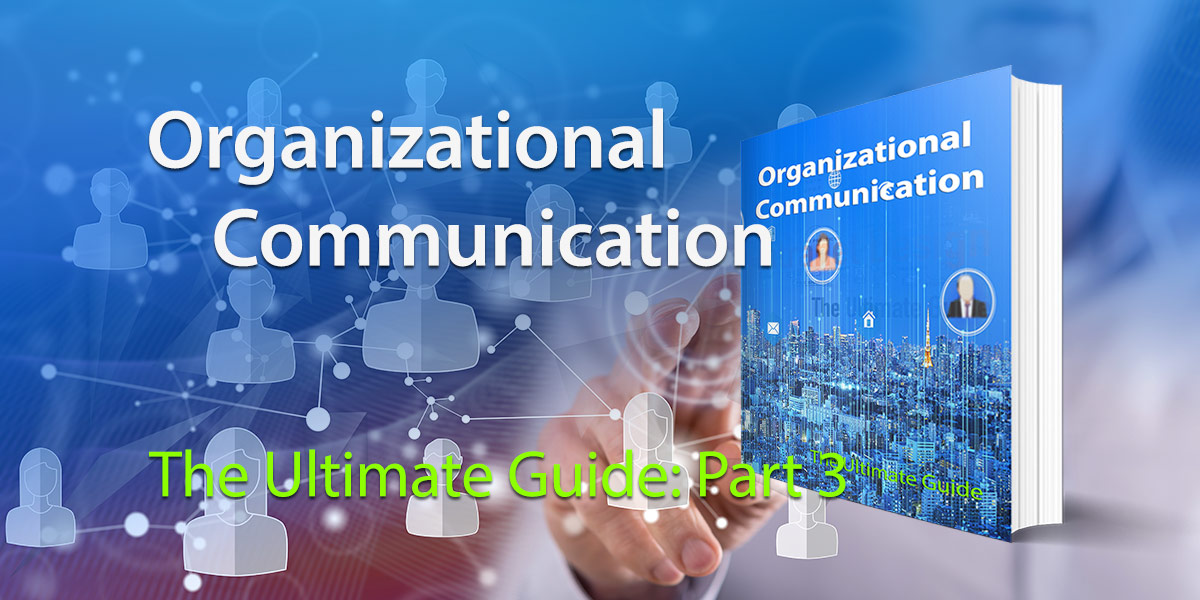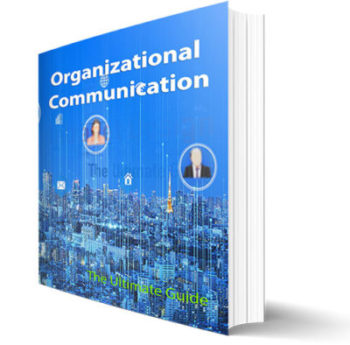How To Select The Right Communications Channels
Organizational communication channels are the mediums used by organizations to convey information and messages to each other.
One thing for sure is there’s no shortage of communication channels to choose from. Advances in technology have made it a more difficult choice than ever before. The right communication channel depends on several factors. These include the audience, the type of message, your budget, and the urgency of the communication.
Here’s a run-through of some of the most popular channels with suggestions on their best use.
Intranets
For many businesses, company intranets are the number one medium for organizational communication. Cloud-based and mobile-friendly intranets are accessible to all staff regardless of location.
However, the best thing about intranets is they offer several tools and features to support organizational communications. Under one virtual roof are all these great communications channels:
- Personalized newsfeeds
- Company blogs and vlogs
- Instant messaging
- Document sharing
- Forums and collaboration project spaces
- Employee profiles
- Team or individual activity walls
- Follow-me functionality
Intranets are a comprehensive organizational communications solution that tick a lot of boxes all at once.
Town Hall and Team Meetings
More challenging in the era of physical distancing, town hall or team meetings over video conferencing apps are still a popular option. Use them to bring all staff together to share company-wide or team news and celebrate success.
Webinars
These online events are smaller versions of the town hall meeting and are a good platform for connecting with freelancers and contractors. Use them for team huddles, knowledge-sharing, and inviting feedback.
An oldie but still a mainstay in many businesses. Email allows you to reach large groups of people quickly. However, with email, there’s no room for interaction or feedback.
Instant Messaging (IM)
The new kid on the block, IM apps, and team chat provide real-time communication. Available as public or private chats and with familiar # channels, IM is instant, accessible, and user-friendly. It’s perfect for encouraging water cooler conversations among remote workers. And it also supports faster, more agile decision-making.
 Employee Surveys
Employee Surveys
Annual staff opinion surveys have been around for a long time. However, these days employers are using shorter snap polls and pulse surveys to invite feedback on specific issues. Employee surveys support two-way conversations between the workforce, managers, and executives.
Staff Newsletters
A firm favorite with employees of all generations. Nowadays, the staff newsletter is more likely to be an online version rather than a hard copy. Some companies are even incorporating video and podcasts into their newsletters to tell stories. Indeed, storytelling has grown in popularity as a powerful and easily relatable way to convey memorable messages.
Social Media
Let’s face it, social media is a part of everyone’s daily lives. So, it’s no surprise that businesses are leveraging social media to connect with and inform employees. The likes of Twitter, Facebook, and LinkedIn are now also essential business communication tools.
How To Measure The Impact Of Your Organizational Communication
An organizational communications plan is meaningless if you are unable to measure its impact. Devising a set of metrics will help you track progress and measure success over time. It will also help you demonstrate ROI.
However, organizational communications are one of those areas of the business that’s hard to pin down. And so, a mix of quantitative and qualitative measures is needed to help you build a comprehensive picture.
Qualitative Data
Employee pulse surveys and focus groups are possibilities, especially when used to obtain feedback on a communications initiative. For example, the social media campaign you undertook to inform staff about the new wellness package.
Another possibility is periodically analyzing employees’ feedback and comments on company blogs or the intranet’s newsfeed. Also, keep an eye on staff reviews on sites like Glassdoor or Indeed.
And why not set up a dedicated #channel on IM so staff can share their insights and ideas.
Quantitative Data
Possibilities include statistics on reach – number of views, downloads, attendees, or click-through rates. Furthermore, monitor employee retention rates, staff turnover, and increased employee satisfaction, as demonstrated through employee surveys and snap polls.
Monitor And Review Your Organizational Communication
Just as important as monitoring progress is reviewing the plan to ensure it’s still fit for purpose while continuously improving. Even 12 months ago, no one could have predicted the enormous changes Covid would unleash. Organizational communications will evolve over time, and your priorities will change. Incorporate a high-level review at least annually to ensure your organizational communications are still hitting the mark.
And it almost goes without saying, but don’t forget to keep the workforce informed of any changes. After all, organizational communications are the shared responsibility of every employee. For instance, if you find that video is the most popular communication channel, adjust your plan to include more. And let staff know the how and why.
Develop A Communications Calendar
Our final tip is to develop a company-wide communications calendar. Accountability and transparency are important in organizational communications. You should, of course, publish the entire document on your intranet and publicize it widely among the workforce. But in today’s fast-paced workplaces, few employees will read and digest a lengthy plan that may not be entirely relevant for them and their daily jobs.
An organizational communication calendar is more accessible and allows staff to see at a glance what’s coming up and when. Showcase your internal communications initiatives alongside team or role-based events, launches, and webinars.
Transform Your Organizational Communications
There’s no doubting; organizational communications are critical to your company’s success. Yes, it’s a big challenge but breaking it down into bite-sized chunks makes it a more manageable task. This guide has done just that for you. Here’s a quick recap of what we have covered:
The definition of organizational communication and why they are so important
- The business benefits of good organizational communication
- Barriers to effective organizational communication
- Five steps to developing an organizational communications plan
- Organizational communication channels and how to make a selection
- How to measure the success of your organizational communications.
There’s something for everyone in this ultimate guide to organizational communication, including:
- start-ups wanting to get things right from the get-go
- established businesses looking to refresh and revitalize their approach to organizational communication
- larger companies wishing to benchmark against current best practice data.
McKinsey’s latest survey on employees’ experiences of remote working offers an interesting insight into the importance of communication. Staff who feel included in more detailed communication are nearly five times more likely to report increased productivity.
However, research from Gallup suggests that only 13 percent of workers strongly agree their leadership communicates effectively with staff.
The stakes are high. Use the steps in this ultimate guide to ensure your organizational communications are ready to meet the challenges ahead.
MyHub’s cloud intranets support organizational communications in businesses worldwide in a wide variety of industries. Designed by the experts with the non-expert in mind, our super-easy intranet solutions can transform organizational communications in your business. Find out more with a free demo or no-obligation trial.


 Employee Surveys
Employee Surveys
 The definition of organizational communication and why they are so important
The definition of organizational communication and why they are so important




0 Comments